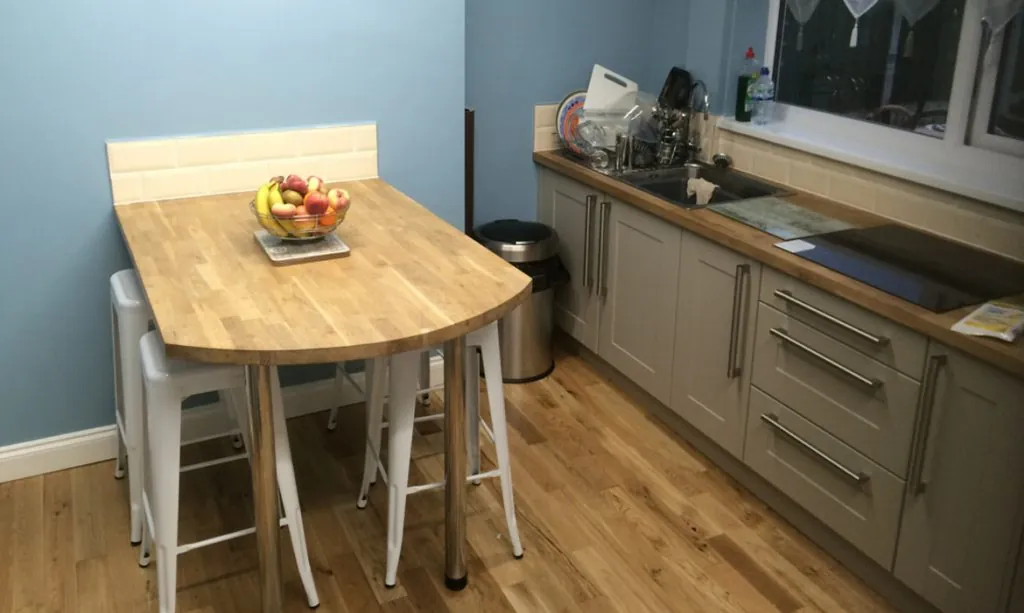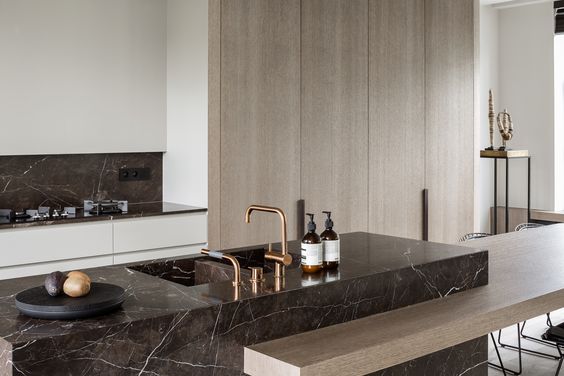Kitchen outlets are necessary but they may appear a little unsightly to some. The outlets themselves can break up a design and not in the way you want, sticking out more as opposed to complimenting the design.
Kitchen outlets are essential as they are needed to power common kitchen appliances like kettles, toasters, blenders or even for simply charging your devices while cooking a meal.
Here are a couple of ways to hide your kitchen outlets so that they better blend in and don’t disrupt your design.
Ways to hide kitchen outlets
There are numerous ways to conceal kitchen outlets or integrate them into designs while retaining functionality.
Consider the layout and design of your kitchen before considering where to put your kitchen outlets and how to conceal them. Remember those kitchen outlets are essential to function in the kitchen and their importance cannot be overlooked, therefore it is imperative you think of where to fit them and whether you want to conceal them.
Charging station concealed in a drawer
This is one of the more modern ideas on this list. Charging drawers are pretty popular these days and it’s easy to see why. This idea is super functional and useful for those looking to plug in their electronics while cooking or working in the kitchen but do not want to sacrifice more visible areas of their kitchen.
Drawers can house a number of plug sockets as well as space to place smaller items while they charge. They will also work for items requiring short-term power like a kettle or blender.
Pop-up outlets
These are cool and functional but also sleek and a pretty perfect way to conceal outlets. Pop-up outlets are a smart and thoughtful design feature. They can be embedded seamlessly into most surface types, providing there is space underneath, and make it so the outlets are only visible when they are needed.
These pop-up outlets can be installed on the top of surfaces and appear vertically or you can have them pop out horizontally from the side of a surface.
Finished faceplates
You don’t need to simply stick to white plastic coverings for the sockets. Plastic is the go-to material for faceplates but it doesn’t necessarily need to be this way. Depending on how your kitchen is designed, you can spring for metal, wood or stone textures – note: these can be faux-material or coverings instead of the material themselves.
You can customise faceplates to suit your design, you can have the outlets stand out in a tasteful way or completely blend with the rest of the design to appear sleek and stealthy.
Fit outlets underneath kitchen surface overhang
Most kitchen surfaces will have at least a little bit of overhang, this is no issue and is just a natural part of designs, which provides the perfect place to conceal outlets.
These spaces can be found on general countertops, kitchen islands and more – while the outlets won’t be completely hidden, they will be integrated well into the existing design without disrupting it.

